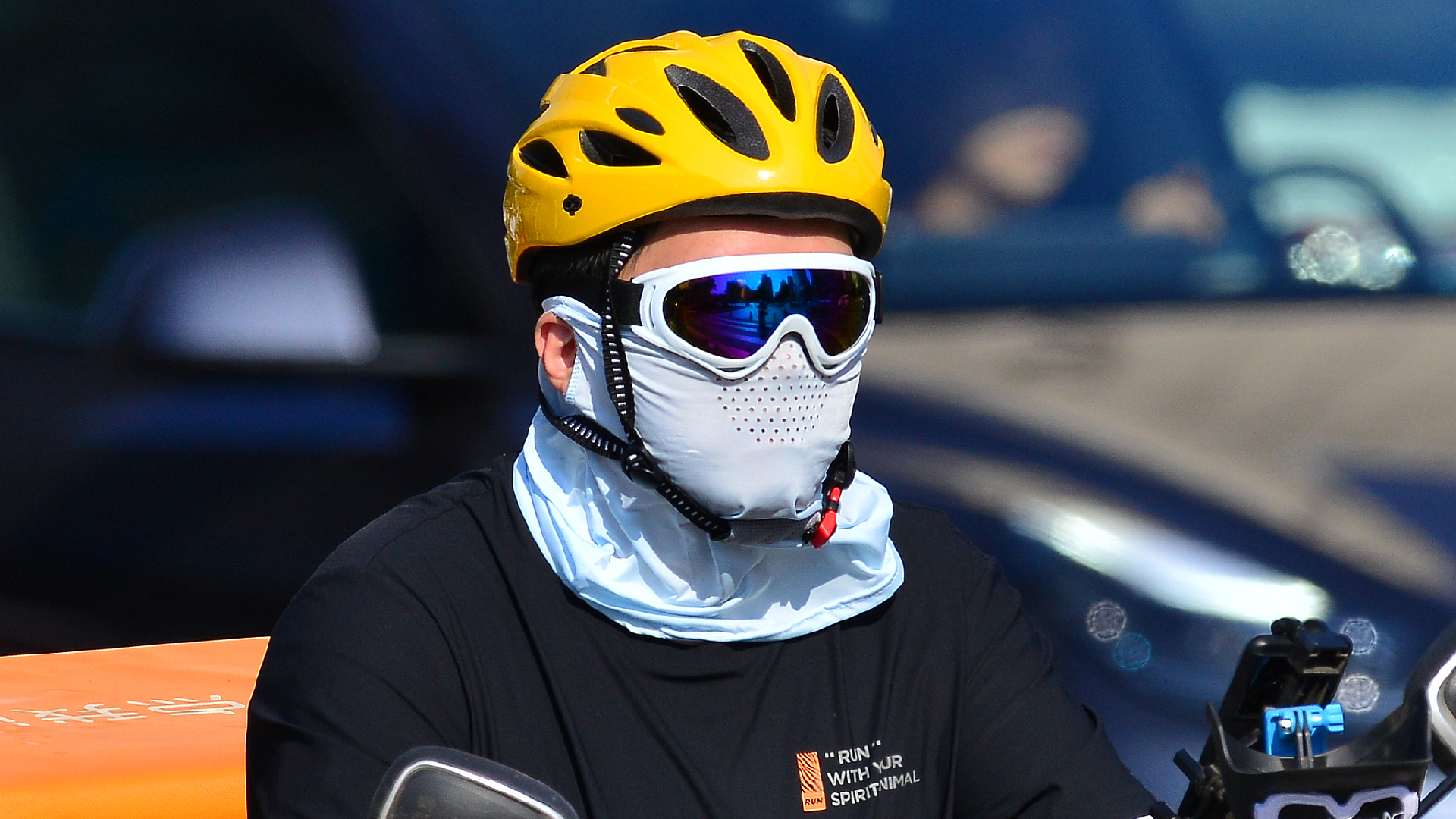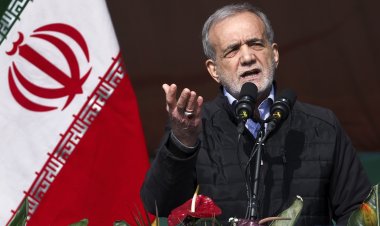Amidst increasing summer temperatures, technology boosts China's sunscreen market
As summer temperatures rise in China, the sunscreen economy is experiencing a technological transformation. Businesses are prioritizing investments in science and technology to improve both product functionality and user experience, effectively addressing diverse consumer demands.

Equipped with an umbrella, hat, mask, sunglasses, and ice sleeves, 38-year-old Shanghai resident Wu Xiaoyan steps out on summer days thoroughly protected from the sun, to the point that even friends sometimes struggle to recognize her. "Sunscreen products are becoming increasingly sophisticated, and I often buy and try some during online sales," Wu said.
Previously, sun protection was simple and often viewed as optional. However, with rising awareness of "photoaging," sun protection has become a crucial element of Chinese people's daily skincare routines.
Searching for terms like "sun protection" and "anti-photoaging" on social media platforms such as Xiaohongshu and Weibo yields millions of related notes and posts sharing insights on photoaging, skincare experiences, sunscreen product reviews, and styling tips for sun-protective clothing.
Data from iResearch, a research and consulting institute, indicates that the market for sunscreen clothing and accessories in China reached 74.2 billion yuan (approximately $10.4 billion) in 2023, with expectations to grow to 95.8 billion yuan by 2026.
The national standards in the country stipulate that ultraviolet (UV) protection products must meet two primary criteria: a ultraviolet protection factor (UPF) exceeding 40 and an ultraviolet light transmittance rate of less than 5 percent at wavelengths between 315 and 400 nanometers.
Several Chinese companies are exploring the development of highly advanced sun protection products. Some integrate molecules that reflect and absorb multiple wavelengths of light directly into yarn, instead of applying a UV-protective coating after production. This method ensures that the material is not only protective against the sun but also more breathable, comfortable, and resistant to wear from washing.
Other companies are incorporating materials that enhance the thermal conductivity of fibers during the spinning process, which improves the fabric’s ability to draw heat away from the body. When the skin contacts such clothing, the fabric effectively transfers heat, creating a cooling sensation.
Sports brands have also made forays into the sunscreen market, utilizing their expertise in outdoor and sportswear to introduce new products. Traditional apparel companies are also seeking opportunities in this sector, with Bosideng, known for its down jackets, entering the summer market.
"The number of Bosideng stores selling sun-protective clothing in 2024 has grown from the 2023 figure of 1,100 to about 1,500, reflecting rapid expansion," said Shen Yun, a planning expert with Bosideng.
"Sales of our sun-protective apparel have surged from an initial trial in 2022, which generated 100 million yuan, to 500 million yuan in 2023, and surpassed the one-billion-yuan mark in 2024," Shen added.
Bosideng credits the flourishing sunscreen economy in China to technological innovation. The company has developed a new type of sun protection fiber that enhances UV protection without compromising the fabric's lightness and breathability.
Additionally, Bosideng is partnering with research institutions to investigate the application of biotechnology in manufacturing sun-protective clothing, aiming for production processes that are more environmentally friendly, according to Shen.
As the sunscreen market expands, it is also becoming more diverse. Sun protection products are no longer aimed solely at women. Data from Tmall shows that searches for men's sunscreen clothing surged by 127 percent year-on-year during the initial sales wave of the "618" shopping festival in 2024. Children's sunscreen consumption is also on the rise, with certain products experiencing turnover growth of over 70 percent year-on-year, based on data from the Jingdong Institute of Consumer and Industrial Development in May.
With increasingly varied lifestyles, the demand for sun protection is diversifying as well. Companies have introduced products tailored specifically for daily commuting, outdoor activities, beach vacations, and camping.
Ding Ying, an associate professor at Renmin University, remarked that the growth of the sunscreen clothing market reflects Chinese consumers' emphasis on healthy and environmentally responsible consumption.
Deng Zhidong, an expert in industrial economy and investment, recently stated in a media interview that the future of the sunscreen market lies in diversification and intelligence, aligning with consumers' aspirations for an enhanced quality of life.
Diversification means the market will provide a wider array of products, catering to daily protection, outdoor sports, water activities, and more, including customized options for various skin types and age groups, Deng explained.
The requirement for intelligence means sunscreen products will likely incorporate more technological innovations, possibly featuring systems that automatically sense UV intensity and adjust protection accordingly, he added.
Sanya Singh contributed to this report for TROIB News
Discover more Science and Technology news updates in TROIB Sci-Tech












